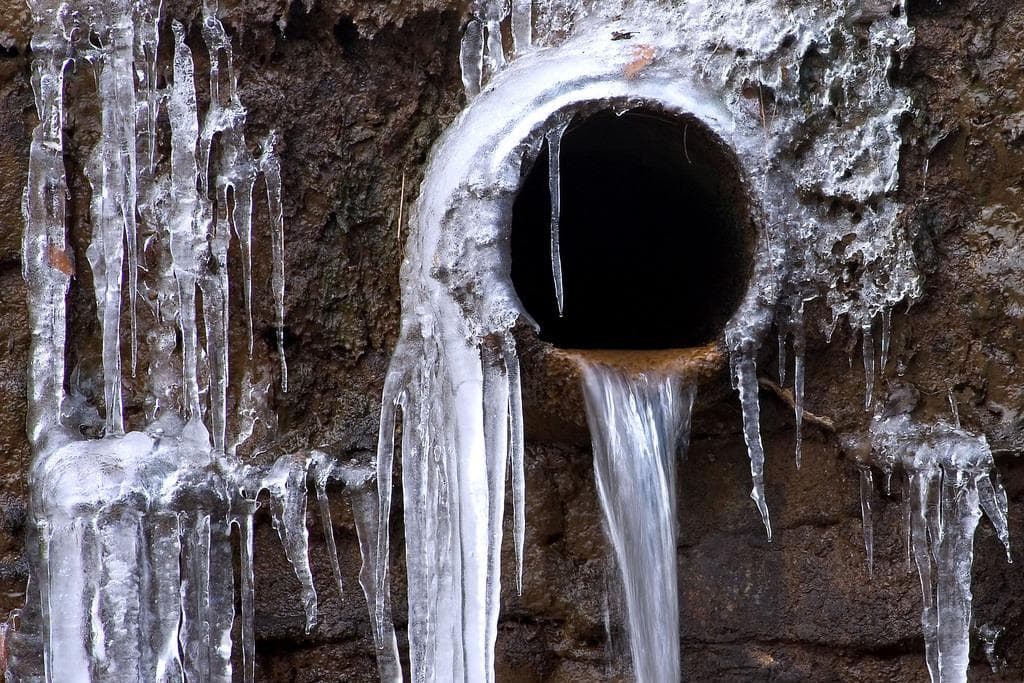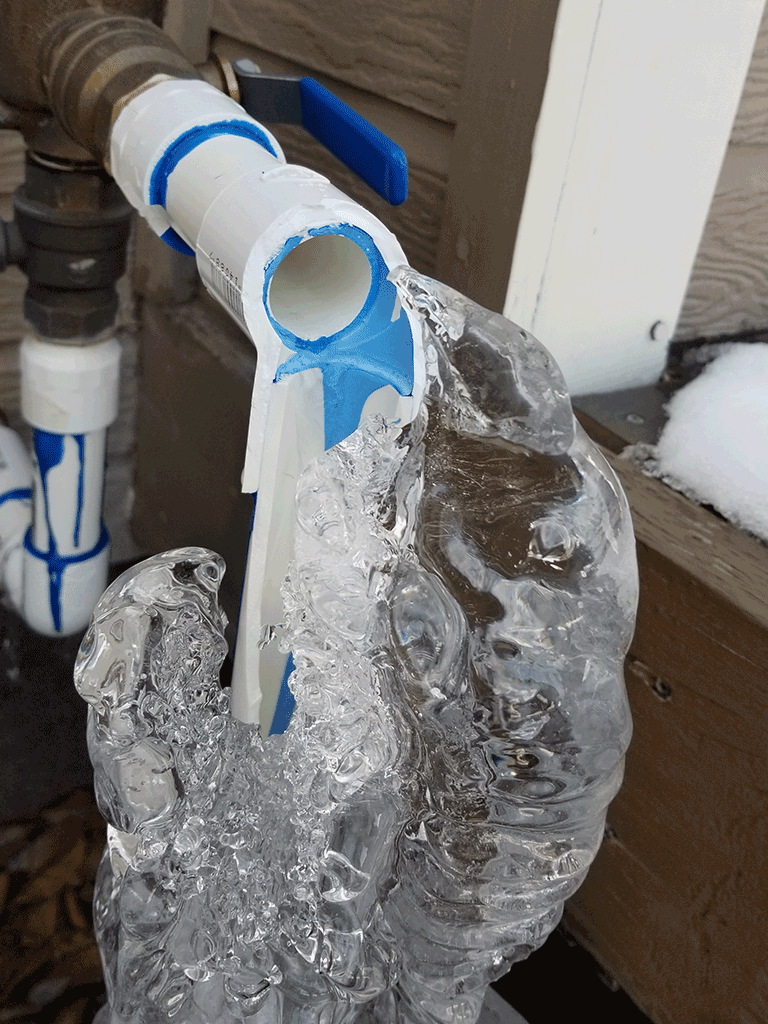Ways to Prevent Frozen Pipes in Cold Weather: Pro Tips
Ways to Prevent Frozen Pipes in Cold Weather: Pro Tips
Blog Article
Do you find yourself trying to locate know-how involving How to Prevent Your Pipes From Freezing?

Cold weather can wreak havoc on your pipes, specifically by freezing pipes. Right here's how to prevent it from taking place and what to do if it does.
Intro
As temperatures drop, the danger of frozen pipes rises, potentially bring about costly repairs and water damage. Comprehending exactly how to prevent icy pipes is essential for home owners in cold climates.
Recognizing Frozen Pipelines
What causes pipes to freeze?
Pipes freeze when exposed to temperature levels below 32 ° F (0 ° C) for extended periods. As water inside the pipes ices up, it broadens, putting pressure on the pipeline wall surfaces and possibly causing them to burst.
Threats and problems
Icy pipelines can result in water disturbances, building damages, and costly repair services. Burst pipelines can flooding homes and trigger considerable structural damage.
Indications of Frozen Pipeline
Recognizing icy pipes early can avoid them from rupturing.
Exactly how to determine frozen pipelines
Seek reduced water circulation from faucets, unusual smells or sounds from pipes, and visible frost on exposed pipelines.
Avoidance Tips
Insulating vulnerable pipelines
Wrap pipes in insulation sleeves or utilize heat tape to protect them from freezing temperature levels. Focus on pipes in unheated or outside locations of the home.
Heating techniques
Keep indoor spaces appropriately heated up, particularly areas with pipes. Open up closet doors to allow warm air to flow around pipes under sinks.
Safeguarding Outdoor Pipes
Yard hose pipes and outdoor faucets
Disconnect and drain yard hoses before winter. Install frost-proof spigots or cover outside faucets with insulated caps.
What to Do If Your Pipelines Freeze
Immediate actions to take
If you suspect icy pipelines, keep taps open up to alleviate pressure as the ice thaws. Use a hairdryer or towels taken in warm water to thaw pipelines slowly.
Long-Term Solutions
Architectural modifications
Take into consideration rerouting pipes away from outside walls or unheated locations. Add additional insulation to attics, cellars, and crawl spaces.
Updating insulation
Invest in top notch insulation for pipes, attic rooms, and walls. Correct insulation helps preserve regular temperatures and lowers the threat of frozen pipes.
Conclusion
Preventing frozen pipes needs positive actions and fast responses. By recognizing the reasons, indicators, and preventive measures, homeowners can safeguard their pipes throughout winter.
5 Ways to Prevent Frozen Pipes
Drain Outdoor Faucets and Disconnect Hoses
First, close the shut-off valve that controls the flow of water in the pipe to your outdoor faucet. Then, head outside to disconnect and drain your hose and open the outdoor faucet to allow the water to completely drain out of the line. Turn off the faucet when done. Finally, head back to the shut-off valve and drain the remaining water inside the pipe into a bucket or container. Additionally, if you have a home irrigation system, you should consider hiring an expert to clear the system of water each year.
Insulate Pipes
One of the best and most cost-effective methods for preventing frozen water pipes is to wrap your pipes with insulation. This is especially important for areas in your home that aren’t exposed to heat, such as an attic. We suggest using foam sleeves, which can typically be found at your local hardware store.
Keep Heat Running at 65
Your pipes are located inside your walls, and the temperature there is much colder than the rest of the house. To prevent your pipes from freezing, The Insurance Information Institute suggests that you keep your home heated to at least 65 degrees, even when traveling. You may want to invest in smart devices that can keep an eye on the temperature in your home while you’re away.
Leave Water Dripping
Moving water — even a small trickle — can prevent ice from forming inside your pipes. When freezing temps are imminent, start a drip of water from all faucets that serve exposed pipes. Leaving a few faucets running will also help relieve pressure inside the pipes and help prevent a rupture if the water inside freezes.
Open Cupboard Doors
Warm your kitchen and bathroom pipes by opening cupboards and vanities. You should also leave your interior doors ajar to help warm air circulate evenly throughout your home.

We hope you enjoyed our post on How To Avoid Freezing Pipes. Many thanks for finding the time to read through our article post. Make sure you take the opportunity to share this blog post if you enjoyed reading it. Kudos for being here. Kindly stop by our site back soon.
Click Here To Find Out More Report this page